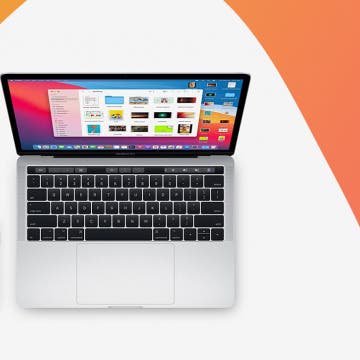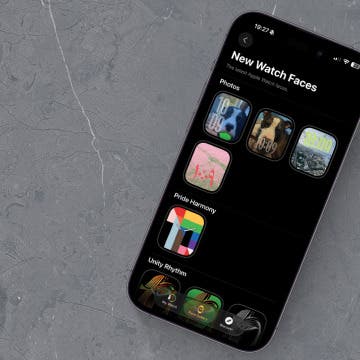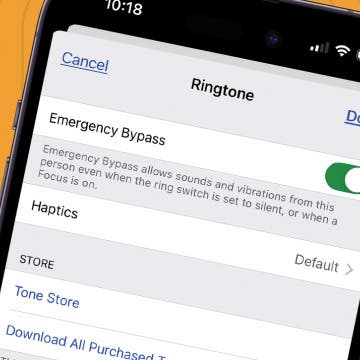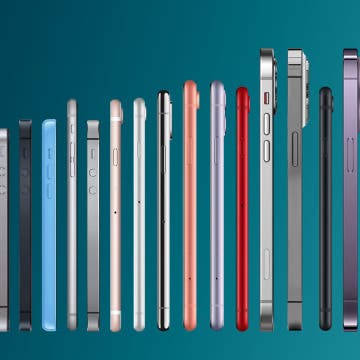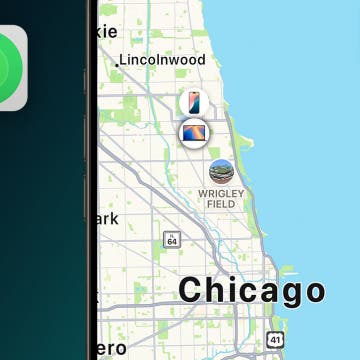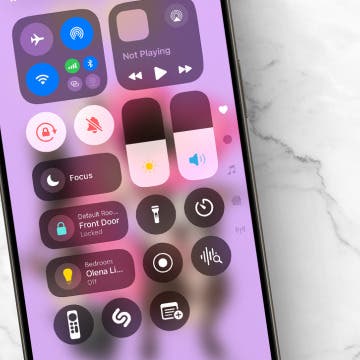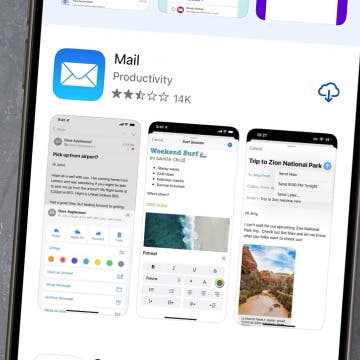This post is intended for readers with advanced technical knowledge.
In this article, I will explain how to transfer videos to Apple’s built-in Videos app with a brand new version of the excellent, free, all-in-one iDevice transfer tool, iFunBox.
In the past, uploading videos to the Videos app has only been possible via the Movies tab in iTunes.

iTunes, which is Apple's only desktop tool for transferring videos/movies to the Videos app, has restrictions, which make it impossible to transfer the following types of videos to iDevices:
- Transferring any videos from more than one desktop computer is problematic if not downright impossible. You can't just give your iDevice to your friend to quickly copy a video/movie to it so that you can watch it in the Videos app: your friend most likely won't have iTunes synchronized with your iDevice. Sure, a person can copy from non-synchronized iTunes to third-party video player applications via iTunes File Sharing or via the built-in Web/FTP server of those third-party apps. The former doesn't require any kind of synchronization partnership. The latter is slower and not supported by many video players, although fortunately players like AVPlayerHD (iPad ($2.99)/iPhone ($2.99)) or GoodPlayer ($2.99) have such servers. However, this can only be done with third-party apps and not the built-in Videos app. Using Videos, it's simply not possible to copy anything with Apple's own tools. All a person can do is create a new synchronization partnership to your device, which, on the other hand, would most likely wipe out all the existing videos you may already have synchronized to your iDevice.
- iTunes doesn't allow for synchronizing of high-frame-rate videos to the device - and there are plenty of them, particularly now with consumer cameras recording in 50p/60p formats. Also, several Blu-ray discs you can purchase have 60p content; for example, volume 3 of the MindCandy demo series (volume 1 and 2 are 29.97fps). iDevices could play them back just fine – even 50 Mbps 1080p60 videos can be played back on anything A5(X) or A6(X)-based, that is, any iDevice manufactured after 2010, without stuttering. 50 Mbps is almost the double of the bitrate (28 Mbps) consumer cameras used for 1080p60 recording. Nevertheless, Apple doesn't offer any way of synchronizing these videos to your iDevice. Sure, you can use a third-party player (preferably with hardware decoding support) and transfer the files via the standard iTunes File Sharing, as with the first bullet above. But, again, you'd need to install a third-party player.
- iTunes doesn't allow for synchronizing of anything with more than 4.1 of the so-called “H.264 level.” While it's understandable Apple's chosen 4.1 as the upper, hard-coded limit so as not to allow synchronizing video on iDevices that could stutter during playback, this restriction also made it impossible to synchronize perfectly playable videos. Or, for that matter, ones that have too high a H.264 level by mistake. For example, the vast majority of the 1080p-capable Canon cameras belong to the latter category. They, absolutely unnecessarily, use H.264 level 5.0 even for 1080p24 footage, which is certainly an overkill – even 4.1 would be an overkill. This means those videos just can't be directly synchronized to the stock Videos app via iTunes without manually editing/changing the H.264 level first. If the latter can be done at all – Canon 1080p24 videos are well-known for very problematic H.264 level editing compliance.
In previous articles, I've explained how some of these problems can be fixed by using, say, the Camera Connection Kit's (Apple Store page of the old version; it works just fine with Apple's Lightning adapter) import functionality. It's a very awkward and slow method and only works on the iPad. I also explained how the Camera Roll exporter app (more on this later) can be used for exporting. Also, back in the iOS 4 times, I elaborated on the file transfer using the then-working applications FreeSync and the like. I've also dedicated several tutorials to changing the H.264 level of (some) incompatible videos with excellent tools like Subler.
Unfortunately, for some videos, none of the above-listed methods work. For example, regarding high-frame-rate videos, my open-source Camera Roll importer utility (link) can only import 720p60 videos up to around 15-20 Mbps; for videos with bitrates of 30 (or more) Mbps, it won't work. Neither will it work for any 1080p60 video. In addition, FreeSync (and other utilities) have never worked under iOS 5 or 6 and the, latest version (currently, 3.2.1.3 for OS X) of the otherwise, excellent iDevice handler tool iExplorer can't do desktop-to-device transfers either, only in the opposite direction.
This is where iFunBox comes to the rescue! The recently-released, new Windows version of this free app does what we need it to do: import all kinds of videos, even ones with extremely high (for example, 100 Mbps) video bitrates. What's more, video import works on all iOS versions, iDevice models, and without jailbreaking. Using iOS software, I've specifically tested 6.1.2 and 5.1.1. In terms of iDevice models, I've tested both iPhones (including the iPhone 5) and iPads (incl. the iPad 1).
Using iFunBox for Video Import
Note that this tutorial only explains video transferring to the iDevice. iFunBox has a lot of other functionalities as well; for example, directly installing applications on iDevices without iTunes. This is a very-very handy feature I use a lot to quickly deploy legally purchased App Store apps on my iDevices from desktop computers not synchronized with my iDevices.
Get the (currently) 2.5 preview from the homepage of iFunBox (Here's a direct EXE installer link; linked from the Version History page). Don't bother with the Mac version: as of now (version 1.1), it doesn't support video importing at all. Don't even try.
Install it. It will work just fine in the 64-bit version of Windows 8 too - I haven't tested it under older Windows versions. Based on my experiences with older iFunBox versions, it should work under Windows XP/7 too. If you haven't installed iTunes on the given desktop (including virtual machines on, say, a Mac running Parallels), also install iTunes. It doesn't need to be in any kind of a synchronization relationship with the iDevice you want to access from iFunBox. For example, I use OS X 10.8 (Mountain Lion) on my 17” MBP most of the time. However, to run Windows apps (not compatible with the “lightweight” CrossOver), I'm using Parallels 8. As I synchronize my iDevices from under OS X, I couldn't synchronize them from under Windows because of the lack of support for synchronizing apps, media, photos etc. with more than one desktop. And Windows is the operating system we need to run iFunBox on.
Nevertheless, this isn't a problem as, as has already been explained, all you need to do to let iFunBox access the iDevice is install iTunes on the same desktop and nothing else.
After installing iFunBox, start it and let it recognize your iDevice: the area annotated with a red rectangle below should show your iDevice's name:
(click for the original-sized, high-quality screenshot)
Now, click the Quick Toolbox icon at the top (annotated by a green rectangle above) and, then, select iPod video (annotated with blue above) in the Import files and data group. Then, just drag-and-drop the videos you want to transfer onto the new dialog that is displayed (annotated with a purple rectangle). After starting the import process, when the progress bar reaches 100 percent, you can safely close it with the X icon in the upper left, annotated with a red rectangle below:
Quick tips
Video files transferred this way won't be manually deletable from, say, the iTunes instance you use for (officially) synchronizing video files to the stock Videos app on the iDevice. (A side note: you don't need to have any kind of video synchronization relationship for iFunBox's video transfer to work.) Left-swipes won't work either in the Videos filelist. The easiest way to get rid of your transferred files is to disable synching in iTunes by removing the checkmark from the Synch Movies checkbox. This will delete the otherwise non-deletable ones.
The Videos app won't generate thumbnails for the list view. An example screenshot also showing my high frame rate and, for the most part, high-bitrate test suite I use for benchmarking the new Lightning-HDMI adapter:

Warnings
1) While testing iFunBox 2.5, I've found it stable and reliable. However, with an incompatible video on a non-jailbroken iPad 1 running on iOS 5.1.1, the Videos app stopped working: all it presented was a black screen. Not even restarting the entire device helped this. I needed to clean up the entire Videos library by forcing a Videos library wipeout with reassigning the library synchronized into another, previously non-synchronized iTunes. After the iTunes-initiated Videos library wipeout, Videos started working again.
The same file didn't do any damage to my 6.1.2 devices, except for not showing any picture, as opposed to the played-back audio. I've tested on an iPad 3 and an iPhone 5. The file was a direct Subler remux (with AC3 →AAC audio conversion) of the MKV file discussed and linked to from HERE.
Note that, unless you transfer plain incompatible videos to your iDevice, this is very unlikely to happen - iFunBox, in its present state, worked without such problems with playable videos.
If you encounter the same, black screen problems, do the same – that is, uncheck the Sync Movies checkbox in the Movies tab in iTunes you have synched the device to. (Or check it in if you haven't ever synched videos to your iDevice. It'll also wipe out all the existing videos.)
2) iFunBox doesn't transfer any kind of metadata in the files (if they exist), including (possible) chapter info and, as has already been mentioned, the main video thumbnail to be presented in the file list.
MacRumors Discussion
I've created the high-bitrate, high-frame-rate, high-resolution videos for benchmarking Apple's latest Lightning-HDMI adapter, which received a lot of misinformation (see this MacRumors discussion for more info). I've also posted the results of tests I've completed of the HDMI adapter, which, as of Friday are THIS, THIS, THIS and THIS. As you can see, apart from the longer lagtime, which makes it unsuitable for action gaming, I like the adapter overall. (Some of the answers I've received are HERE, HERE, HERE and HERE.) THIS post (a reader's feedback comment) also shows how important it is to be able to transfer videos to iDevices not officially supported by the iTunes synchronization.





